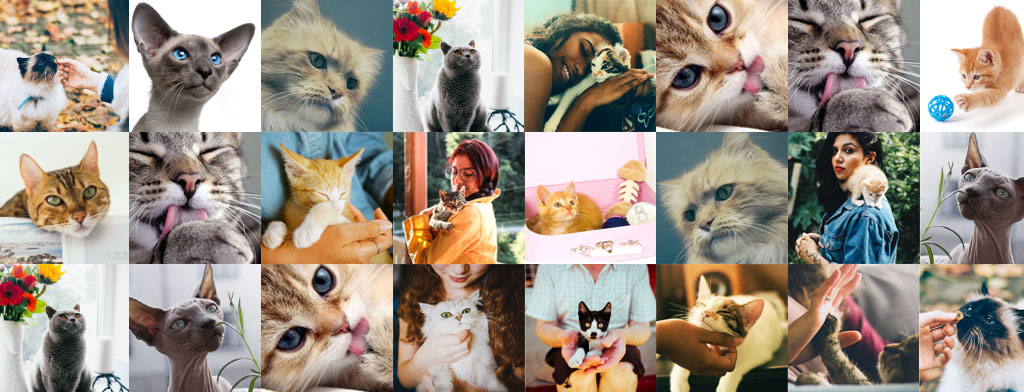Kate King


Hyperthyroidism
Hyperthyroidism is common in older cats and treatment is usually straightforward.
Overview
Hyperthyroidism is the most common endocrine condition in middle-aged to senior cats. It occurs in 10% of the cat population over 10 years of age. Hyperthyroidism is caused by excess production of thyroid hormones by the thyroid gland.
Signs
Common signs of hyperthyroidism:
- Weight loss
- Increased appetite
- Irritability or aggression
- Increased drinking and urinating
- Vomiting or diarrhoea
- Rough hair
- Panting
- An enlarged thyroid gland
- Rapid heart rate
An oversupply of thyroid hormone makes all body systems work harder.
Causes
Common causes of hyperthyroidism:
- A benign tumour of the thyroid gland
- Rarely, a malignant tumour of thyroid gland
The majority of cases are due to the benign form and respond well to treatment
Diagnosis
Diagnosis is based on history, clinical signs and blood tests to determine thyroid hormone levels. The health of other organs like the liver and kidneys is also assessed and treatment tailored to the individual.
Management
Treatment can involve one or more of the following:
- Radioactive iodine therapy
- Antithyroid medical management
- Surgery if there is a tumour
- Diet therapy
Radioactive iodine therapy
Radioactive iodine therapy means that the cat has low-level radioactivity when discharged from the veterinary speciality centre. Therefore, it is important to minimise exposure to the cat's bodily secretions such as saliva, urine for 3-4 weeks after treatment.
| Advantages | Disadvantages |
|
Cures hyperthyroidism Cure rate >95% Relapse rate 5% Simple treatment of one injection or an oral capsule Serious side effects are rare Minimal risk of hypothyroidism |
Requires specialty facility with relevant licenses Hospitalisation stay can be days to weeks Owner cannot visit the hospital Strict home confinement for 2 weeks after discharge Owner must collect wastes for 2 weeks after discharge Owner cannot cuddle cat for long intervals for 2 weeks after discharge Not reversible |
Medical management
Medical management requires life-long treatment. Tablets once or twice a day or a gel applied to the inner ear are available. Occasionall there are side effects such as loss of appetite, vomiting, lethargy, skin rashes and face swelling, but mostly medication is well tolerated.
| Advantages | Disadvantages |
|
Response rate >95% Medication formula comes in tablets, liquids or topical gels Requires no hospitalisation No risk of permanent hypothyroidism Best if kidneys not functioning well |
Relapse 100% if medications stop Requires medications once or twice a day Frequent blood tests are required to monitor effectiveness and safety Drugs reactions like facial itching, vomiting, liver failure, and abnormal blood cells may occur A benign tumour may become malignant
|
Surgery
We don't recommend surgery.
Diet therapy
A special diet which slows the thyroid down but doesn't cure the condition is available. Malignancy is a risk on the diet. We only recommend it if other options are not affordable.
| Advantages | Disadvantages |
|
Only a change in diet is required Control rate >80% Safe in cats with kidney disease |
Cannot eat any other foods Strict low-iodine diet Relapse is 100% when off the diet |
Your veterinarian will discuss the various options available with you.
Prognosis
Treatment improves a hyperthyroid cat's quality of life and life expectancy.